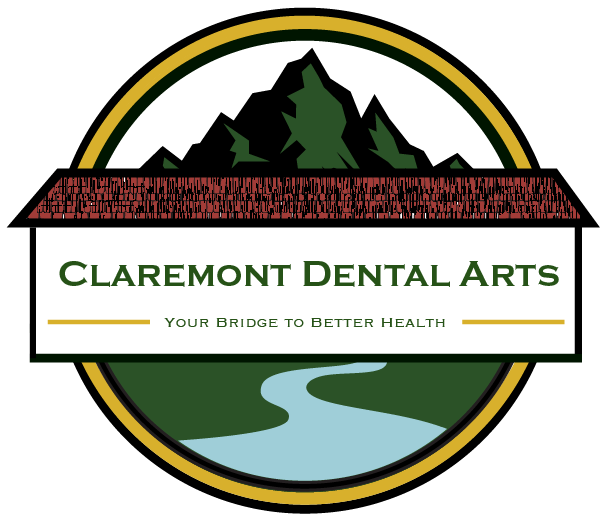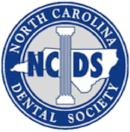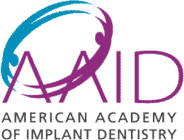
We all want the brightest, whitest smile possible–it makes a strong and positive impact on those around us and brightens up every facial expression. Keeping your smile looking its best takes regular care, both at home and in your dentist’s office. And this care goes beyond an effective brushing and flossing routine or even regular exams and cleanings. Your diet plays a big role in how your teeth look, even if you’ve had a cosmetic procedure done. By understanding the relationship between diet and cosmetic dentistry, you can have a good appearance of your teeth, your dental prosthesis, and your overall appearance.
Let’s start by taking a look at what diet does to your teeth. While you probably know that sugar is bad for your teeth and can promote bacteria growth and tooth decay, you may or may not know that some foods can stain or discolor your teeth. While teeth may naturally yellow over time, certain dietary choices accelerate the process. Tobacco use, darker colored alcohols like whiskey or red wine, and coffee are notorious culprits. These can leave brown stains or blotches on teeth or cause overall discoloration and yellowing. Acidic foods are also a problem, in that their acidity weakens the protective enamel layer of the tooth and leaves it more susceptible to absorbing stains and discoloration. Darkly colored acidic food and drink–tomato sauce or dark colas, for instance–are a double whammy, and their excessive consumption can do real cosmetic and or even structural damage to teeth.
However, this is all about staining and discoloration of natural teeth–what happens to dental prosthetics like veneers, inlays/Onlays, or dental implants? Well, there’s some good news–most dental prostheses and cosmetic dental treatments are designed to resist staining better than natural teeth do. That having been said, they’re not immune to it; inlays/Onlays, dentures, bridges, dental veneers, and dental implants can all stain if mistreated or damaged. They can include physical damage like chipping or abrasion, which may leave the material they’re made of more susceptible to staining. It can also include damage from the diet, much like we discussed with natural teeth. Darkly colored food and drink, acidic food and drink, or excessive alcohol or tobacco use can all lead to staining. This is especially true as dental cosmetic treatments age. The protective glaze on the outer layer of most dental prosthetics may wear down with time and use–much like the enamel of a natural tooth. As this glaze wears down, it becomes more susceptible to staining and discoloration.
So what can you do to prevent staining and discoloration of your dental prosthetics and other cosmetic dental treatments? Eating the right diet is a good start–limiting foods likely to cause discoloration, restricting coffee, tea, and soda intake, and avoiding tobacco and alcohol. Effective routine care in the form of brushing and flossing combined with regular trips to the dentist for exams and cleanings is another important step. Your dentist is your best resource–they can tell you how to care for your cosmetic dental treatments to ensure that they look bright and white for as long as possible!




